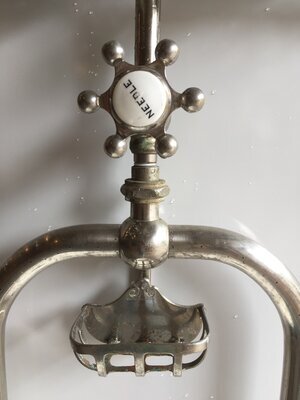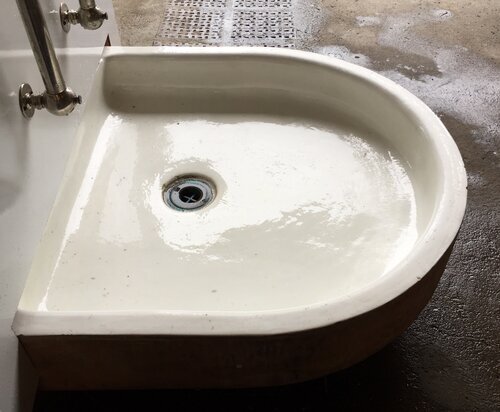Glendale Avenue by Albert R De Salvo
/Having resided in three large urban centers (Washington, Philadelphia and Baltimore) for 23 years, moving to the small city of Albany was a major life change for me. As much of a challenge, too, was leaving a city where I had put down deep roots, completed many projects and was active in more than a few civic activities. And, I also left behind a 3,200 sf 12 room colonial revival pile of wood and slate on a large lot (think Pine Hills) for a 1,200 sf house with small rooms on a 35 X 85 lot. Ah, what one does for love! A row house city Albany is not, and I wondered why these narrow houses on narrow lots weren’t all connected since the only thing separating them from one another was a driveway and perhaps a narrow patch of vegetation.
Although I lost a big city and a big house, I gained a neighborhood.
Although I lost a big city and a big house, I gained a neighborhood. And I soon came to realize that my Albany residence and street was very much like my first Baltimore residence and street. My first house was a small 2-story 3 bedroom brick semi-detached among 39 others with a first-floor open space plan and a walk-out finished basement. The living room and basement faced a stream valley that was jointly owned by the community association. This, plus the proximity of the houses to each other encouraged interaction, interconnecting and cooperation. A twice yearly stream valley cleanup, community yard sale and block party cemented this feeling of neighborliness. I was soon to learn that our little Albany street, was very similar to my first neighborhood in Baltimore (minus the stream valley!) When I arrived with the rented truck full of my physical life up to that point, there was a group of neighbors ready to help with the unloading. Soon after my arrival, there was a block party and community yard sale. Neighbors were eager to take care of my dogs when we were out of town. And, though I missed my big Baltimore barn, I grew to be comfortable with the coziness of the Albany house especially after I stripped off the aluminum siding, finished the attic space, remodeled the kitchen and added a 2-story 800 sf rear addition giving us 2,000 sf and a bit more wiggle room and a lot more exterior light into the house.
“People stop by for front porch conversations and back yard over-the-fence discussions, share food and garden crops, borrow tools, watch each other’s kids and pets, help with house projects”
Our street is always active—it is the neighborhood’s living room. People stop by for front porch conversations and back yard over-the-fence discussions, share food and garden crops, borrow tools, watch each other’s kids and pets, help with house projects. Block parties and yard sales are ongoing and part of the culture. I have learned over the years through my work and my living experiences that proximity and scale are both critical to quality of life. We don’t need to rattle around in a big house and yard that requires time and energy to maintain. We ought not to be so spread out that we barely know or see our neighbors.
My street, Glendale Avenue in the Helderberg neighborhood, and my house, #67, are good examples of what makes for a great Albany story.
By Albert R De Salvo











